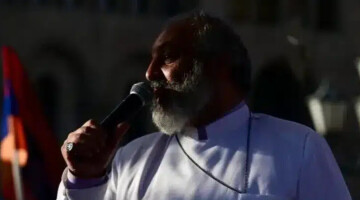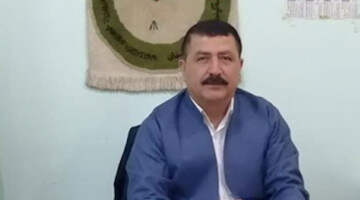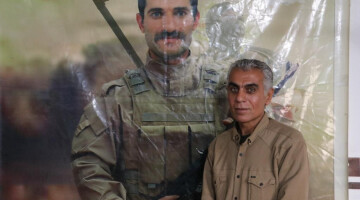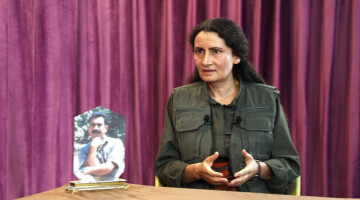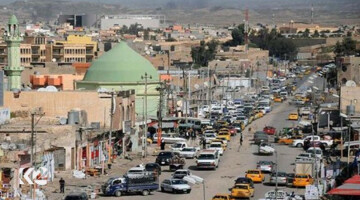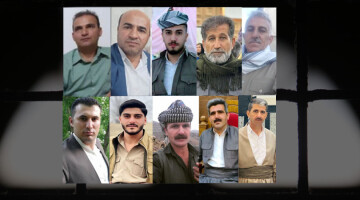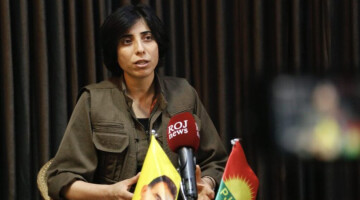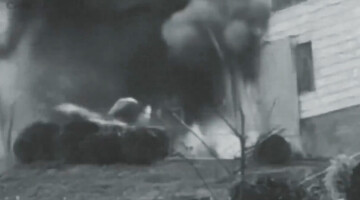Basalt stone is the main material used in the construction of the traditional two-storey Amed houses that have a special architectural fabric. The white limestone is used for decoration. The lack of forests in Amed caused wood to be a secondary material only used for decoration. Particularly, poplar tree was used in ceiling construction due to its resistance against bending to a certain extent.
Cement was used in houses as a connector and thin chiseled stones with hundreds of rubble stones behind them are lined up on the walls. The lining up of the stones is seen on Roman and Byzantine walls, and the bricks don’t get much attention.
The impact of climate, in addition to history and geography, can be seen on the architecture of houses. The traditional houses in Amed, where the summers are hot and the winters are cold, are made up of summer, winter and seasonal sections. The summer section has the most elaborate rooms that face northwards and the north wind, and have a small stone pool for cooling. The winter section faces the south and has a lot of windows so that it can let the sun inside. The season sections are placed on the eastern and western parts of the house.
The section called 'eyvan' (iwan, a vaulted room with one side open to a court) is the most remarkable architectural aspect of these houses. They usually have a lot of windows and are complimented by the 'hewş' section. The wooden door among the high walls that surround the house leads one to the hewş section. Here, you see a pool, an open eyvan, a pump, well, and stairs. These stairs lead to the basement, the rooms and the roof. Each hewş section usually has a circle-shaped pool, but the shape of the pool may also be rectangular, elliptical or octangular. The small water channels that carry the water the spills from the pool are evidence of the city’s old and durable sewage system.
AKP DESTROYED THE STRUCTURES THAT TIME COULD NOT
Even though these houses survived and were kept intact because of their main materials; stone and earth, they were mostly destroyed during the state’s attacks on the self-governance resistance that developed on August 15, 2015, as a democratic right to resist the state.
Many buildings that are under the protection of UNESCO due to their architectural and historical properties were sacrificed to the state’s profit scheme. The AKP government, that will “rise Sur with love”, has destroyed many buildings in order to construct police stations, and is interfering in the surviving buildings under the disguise of “restoration.” The architectural and historical fabric is being destroyed as the historical structures that are supposed to be surrounded by basalt stones are turned into cement blocs that are covered with thin basalt surfaces. The destruction of these historical buildings, which are affected by a slightest vibration, should be done manually. The use of construction vehicles has irreversibly damaged and destroyed many old buildings.
HUNDREDS OF TREES WERE CUT AND TRANSPORTED WITH TRUCKS
AKP government officials emphasize the protection Sur’s history in every speech they make. However, the AKP government not only damages the historic and architectural fabric here but also destroys the ecology with the houses made up of cement and iron that it constructs here. The foundations of the traditional Amed houses that are to replace the destroyed houses in Sur are being laid. Despite the resistance of ecologists and Sur’s residents, hundreds of trees have been cut down and transported with trucks just because they defy the construction plan.
Nobody including the owners of the houses that were usurped under the name of “urgent expropriation” is able to enter the houses, and the current level of destruction damages and shames everyone.



